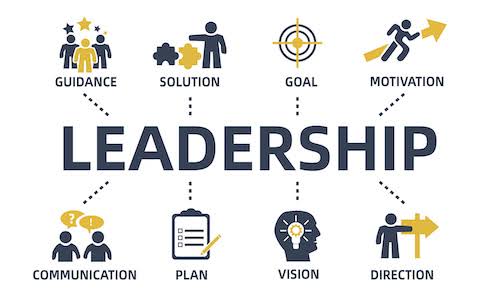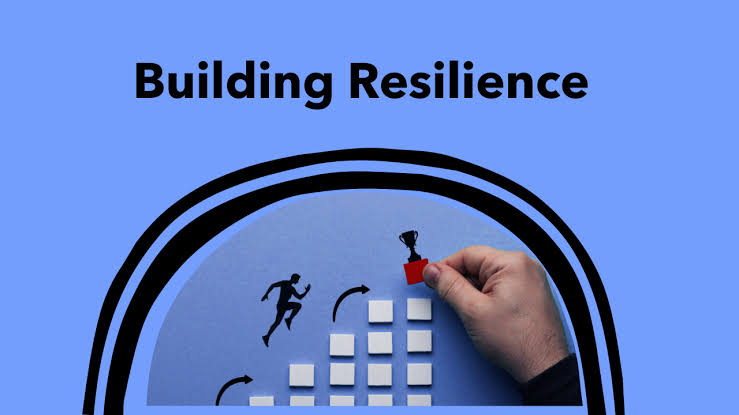Effective Leadership Skills for a Diverse Team
In 2025, the modern workplace has become more culturally rich, multigenerational, and globally interconnected than ever before. With remote work, international hiring, and a growing emphasis on equity and inclusion, teams today are composed of individuals with vastly different backgrounds, experiences, languages, and perspectives. Leading such a diverse team requires more than technical competence—it demands emotional intelligence, cultural awareness, and adaptive leadership skills.
Effective leadership in diverse environments means creating space for every team member to thrive, collaborate, and feel valued. It involves intentionally addressing biases, communicating with clarity, and fostering a sense of belonging while encouraging high performance. A leader’s ability to understand and navigate these dynamics directly affects team morale, innovation, and overall success.
Embracing Cultural Intelligence (CQ)
Cultural intelligence refers to a leader’s ability to recognize, respect, and adapt to cultural differences within a team. Unlike general emotional intelligence, CQ is specifically focused on navigating cross-cultural environments.
Leaders with high CQ are not only aware of cultural differences but are skilled at adjusting their communication and leadership style accordingly. This includes understanding how values, time orientation, authority structures, or conflict resolution methods differ across cultures.
For example, while some team members may come from cultures that value direct feedback and assertiveness, others may see such communication as confrontational. An effective leader adapts their approach without compromising team goals or alienating individuals.
Practicing Inclusive Communication
In a diverse team, language barriers, accents, or differing communication styles can sometimes lead to misinterpretations. Inclusive communication means ensuring that every team member feels heard, understood, and respected.
Leaders should:
- Avoid jargon or slang that may confuse non-native speakers.
- Encourage open dialogue and invite input from quieter voices.
- Use multiple communication channels—written, verbal, and visual—to ensure clarity.
- Practice active listening and reflect back what they hear to avoid assumptions.
These practices promote trust and mutual understanding, which are essential for any team working across cultural or personal differences.
Demonstrating Emotional Intelligence
Emotional intelligence (EQ) is the ability to perceive, understand, and manage one’s own emotions, as well as the emotions of others. For leaders, high EQ is essential when guiding diverse teams through challenges, change, or conflict.
Empathetic leaders take time to understand what motivates each individual. They also acknowledge different emotional expressions, which may vary by culture, gender, or personality type. For instance, what is considered passionate in one culture might be perceived as aggressive in another.
By showing sensitivity, self-control, and empathy, leaders create psychologically safe environments where team members feel accepted and empowered to contribute their best.
Valuing Individual Strengths and Perspectives
Diverse teams bring a variety of problem-solving approaches and innovative ideas. Effective leaders tap into these differences rather than trying to mold everyone into a single way of thinking or working.
This starts by recognizing the unique strengths of each team member. Whether it’s a data-driven analyst, a visionary thinker, or a relationship-builder, each person contributes something valuable.
Leaders should:
- Assign roles and responsibilities based on strengths, not stereotypes.
- Celebrate achievements and cultural milestones to build connection.
- Encourage diverse perspectives during brainstorming or decision-making.
A strength-based approach boosts engagement, drives creativity, and helps avoid groupthink.
Managing Unconscious Bias
Even the most well-intentioned leaders carry unconscious biases—automatic associations based on race, gender, age, or background. Left unchecked, these biases can affect hiring decisions, performance evaluations, and team dynamics.
To lead effectively, leaders must actively examine their biases and take steps to mitigate them. This includes:
- Seeking feedback from others to identify blind spots.
- Participating in diversity and inclusion training programs.
- Using structured criteria when evaluating team performance or making hiring decisions.
- Rotating speaking opportunities and leadership roles to prevent favoritism.
A commitment to equity ensures that all team members have equal opportunities to succeed and feel valued.
Encouraging Collaborative Problem Solving
A hallmark of diverse teams is the potential for innovative solutions that arise from multiple viewpoints. However, this potential can only be realized when collaboration is intentionally supported.
Leaders must create a team culture where differences are not just tolerated but welcomed. This includes setting clear expectations for respectful dialogue, facilitating group discussions, and encouraging curiosity about each other’s ideas.
When disagreements occur, skilled leaders mediate constructively. They model how to disagree without division, and how to find common ground without compromising values. This reinforces unity and shared purpose.
Promoting Flexibility and Adaptability
Different individuals thrive under different conditions. Some may prefer structured environments, while others are more productive with flexibility. A one-size-fits-all leadership style often fails to meet the needs of a diverse team.
Effective leaders balance consistency with adaptability. They listen to their team’s preferences and consider accommodating various work styles, time zones, and cultural obligations. This may mean offering hybrid schedules, respecting religious holidays, or adapting feedback methods.
By being flexible, leaders show respect and consideration for individual needs—an essential factor in boosting morale and reducing turnover.
Leading by Example
Leaders set the tone for team behavior. When they model respect, humility, and inclusiveness, others are more likely to follow suit. This means treating every team member with equal importance, acknowledging mistakes, and demonstrating a willingness to learn.
In diverse teams, authenticity and transparency matter. Leaders don’t have to pretend to have all the answers—they can show vulnerability and ask questions. This humility creates trust and fosters an environment where diversity is not just present but active and thriving.
Encouraging Continuous Learning
The journey of leading a diverse team is ongoing. It requires an openness to learn about different cultures, histories, and social issues. Great leaders never assume they know it all—they read widely, attend workshops, and engage in conversations that challenge their perspective.
They also create opportunities for their team to learn from each other through mentorship programs, cross-cultural training, or team-building activities that encourage knowledge exchange.
By promoting continuous learning, leaders inspire growth on both individual and team levels.
Conclusion: The Evolving Role of Leadership in a Diverse Era
Leading a diverse team in 2025 demands more than strategic thinking—it calls for empathy, awareness, and adaptability. It requires leaders to step out of their comfort zones and into a deeper understanding of human complexity.
The most effective leaders are those who listen before leading, who value differences as strengths, and who build bridges across cultural and personal divides. In doing so, they not only improve team performance but help shape inclusive, equitable workplaces where everyone has the opportunity to thrive.
As diversity becomes the standard, leadership must evolve to meet it—not with control, but with connection.



